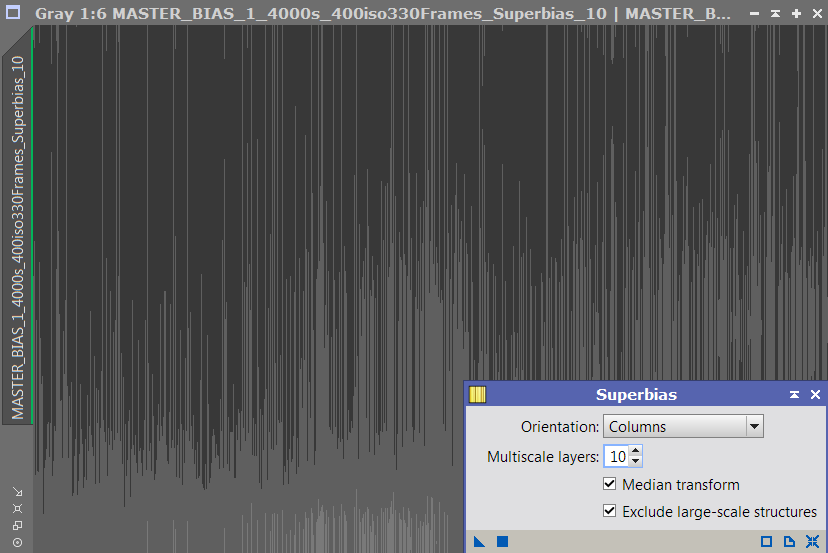 In this third post explaining my PixInsight workflow, we'll be taking a look at dealing with Dark Current by creating and applying dark frames using a Canon EOS 500D. I think it is fair to say that creating a good master dark in order to calibrate flat and light frames is one of the more challenging parts of the image acquisition process when using a DSLR. There are many mysteries, a fair few myths and indeed some question as to whether DSLR users should bother with dark frames at all.
In this third post explaining my PixInsight workflow, we'll be taking a look at dealing with Dark Current by creating and applying dark frames using a Canon EOS 500D. I think it is fair to say that creating a good master dark in order to calibrate flat and light frames is one of the more challenging parts of the image acquisition process when using a DSLR. There are many mysteries, a fair few myths and indeed some question as to whether DSLR users should bother with dark frames at all.Firstly though, it is worth reminding ourselves of what "Dark Current" is. Camera sensors create an image by measuring electrons that are displaced in to the sensor's electron wells as they gain energy from incoming photons of light. Unfortunately, those electrons can also gain energy from heat in the sensor. Some of this heat may be come from the local environment and some will be generated by the sensor electronics. This process occurs in all exposures, even if the sensor is completely shielded from external light, hence the name "Dark Current".
Dark current increases both with the length of an exposure (as there is more time for it to accumulate) and with the temperature of the camera sensor (as there is more energy available to displace electrons). The net result is that all pixels in an image will get brighter over time and with increasing temperature. In theory we can create a master dark frame to measure the dark current and quite literally subtract this extra brightness from the image, but the practice for DSLR imagers is somewhat more complicated.
Read on to find out about my method of tackling the problem. (If you've arrived part way through, start the series here with Bias Frames).
